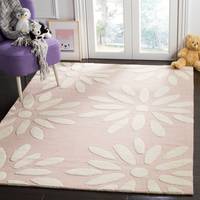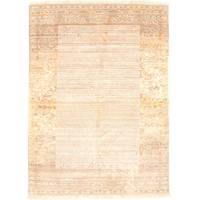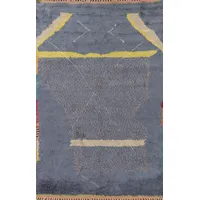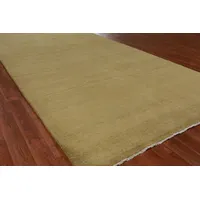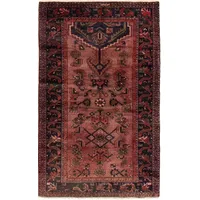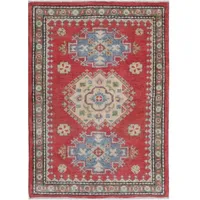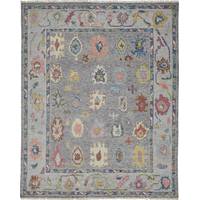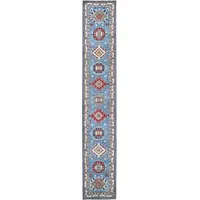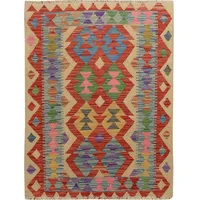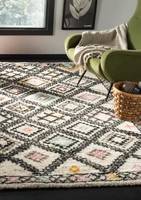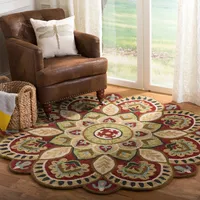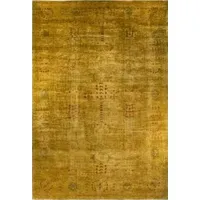Herat Oriental Handmade One-of-a-Kind Balouchi Wool Rug
Description
This rug is a unique piece of world art that will enhance your living space. Afghan Balouchi rugs are made in the villages of Zakini, Tiamani, and Kowdani, which are located in the province of Herat, Afghanistan. Balouchi rugs typically have geometric patterns and lively designs, and dominant colors include blues, reds and browns. This rug is considered Semi-antique as it was made in the 1960s. The knot count per square inch for this rug is 150. The pile height is 0. 5 inches. This rug is made of 100-percent wool. This rug has a geometric pattern in shades of navy, red, brown, white, teal, and turquoise. Product Features: Country: Afghanistan Pile Height: 0. 25 - 0. 5 inch Material: Wool Style: Traditional Pattern: Geometric Weave Type: Hand-knotted Rug Type: Indoor Feature: Latex Free Rug Size: 3' x 6' Shape: Rectangle Color: Red, Navy Story Behind the Art: As a result of the past 30 years of war and foreign invasion of Afghanistan, most of the weavers in the villages have moved to the cities and are no longer weaving rugs. Therefore, you rarely see a newly woven Balouchi rug in the market but this particular rug was made by the weavers in the villages of Herat. They were woven in a very primitive way on flat wooden looms that lay on the ground, with 100 percent wool from their own sheep. All of the washing and the natural vegetable dying of the wool is done in their villages. Due to the handmade nature of our rugs, the size may vary from as advertised by 3-4 inches. Regular vacuuming and annual professional cleaning will keep your rug looking new for years to come. Herat Oriental has been providing beautiful, authentic, handmade rugs for over 10 years. We have been given the opportunity to create jobs for over 2,000 local village weavers, which helps them to greatly support their families. The majority of the weavers are women, who live in the villages of Afghanistan, Pakistan and India. As we grow, we are able to create more jobs for female weavers who otherwise would not have the opportunity to do so. The community also thrives from rug weaving as the local farmers benefit from wool sales, and the local artisans create natural and vegetable dyes for the weavers to use in their designs.
You may also like
loading
Discover more









































